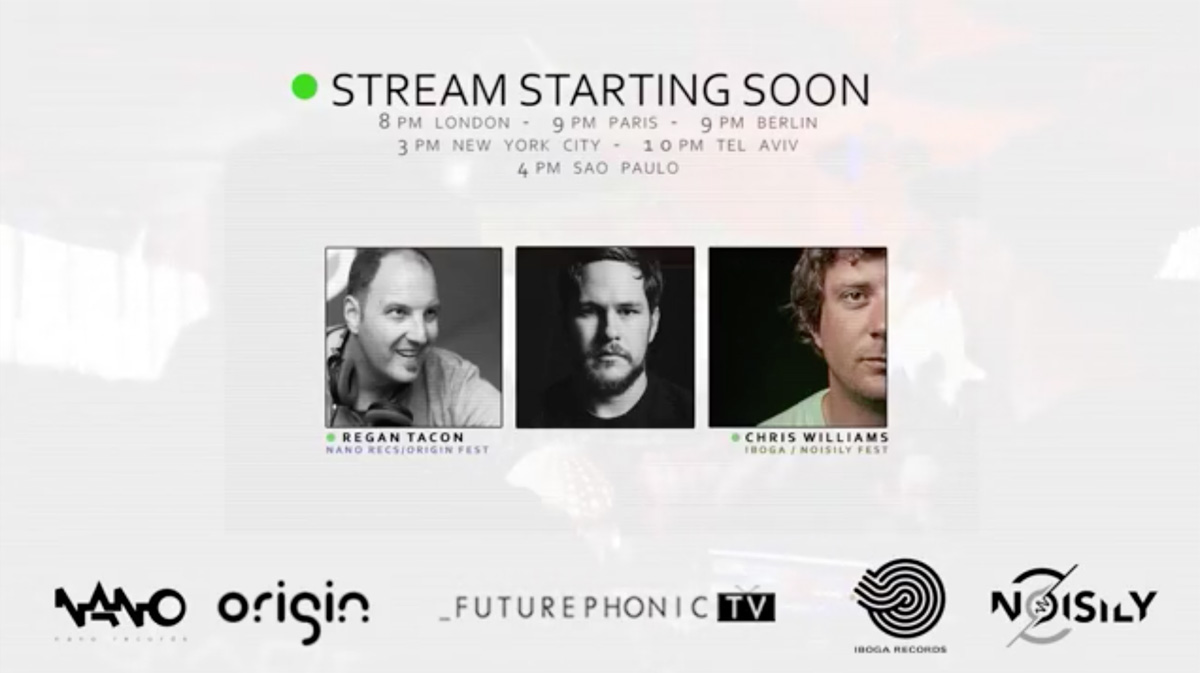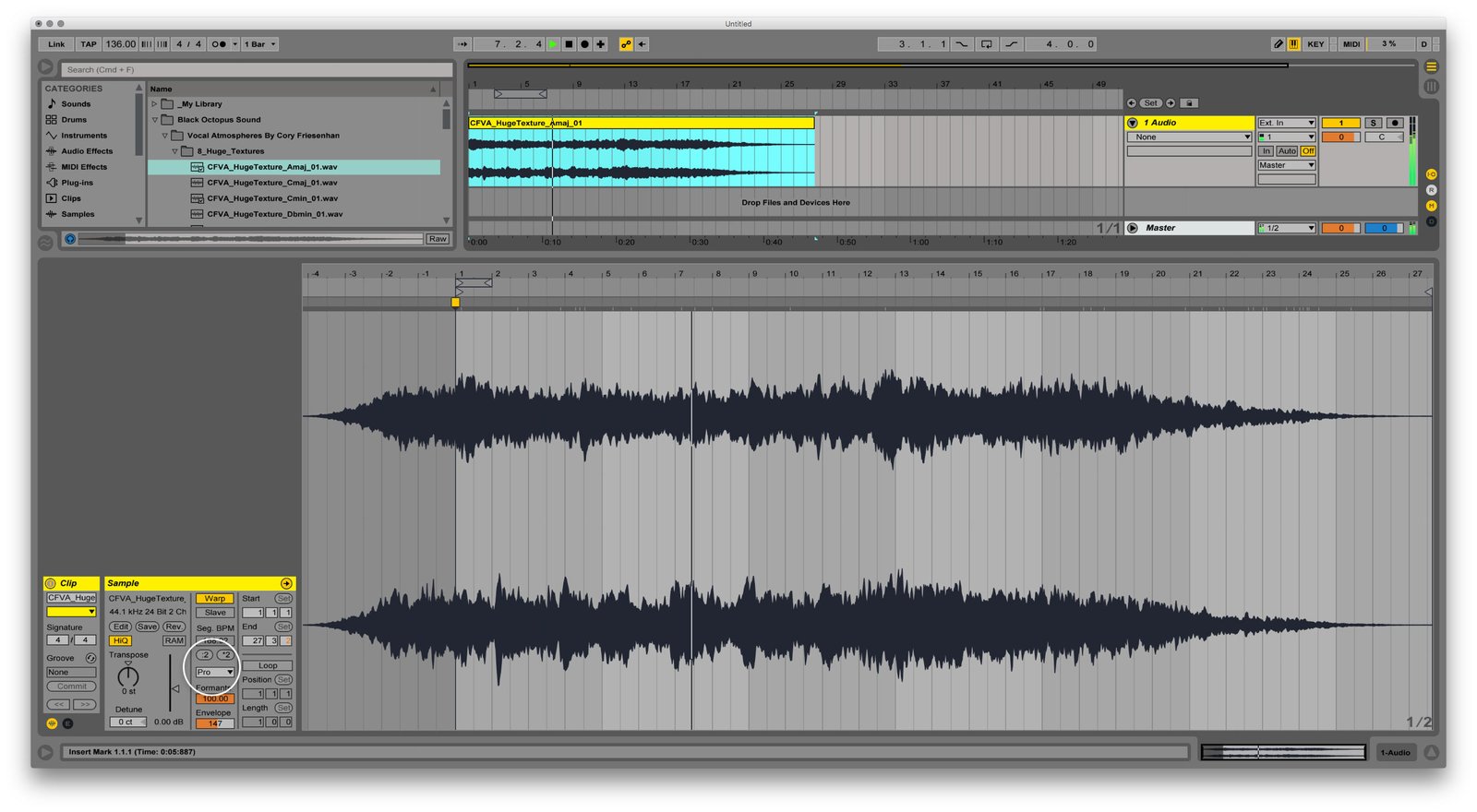Setting up a podcast on iTunes

I’m starting my radio show next month I am thinking to make a podcast for it as well on iTunes. After many tutorials and articles, I failed to know how to connect my podcast to iTunes. Can you help me and guide me on how to do so?
Brad Ashtar
Apple has written a guide called “Making a Podcast”. Although it is very detailed and specific, I think it doesn’t give enough understanding of how things work in a simple way. So I’ll try to explain things easier and share my experience on how to avoid stumbling blocks.
First things off, iTunes is nothing but a distributor, the platform to deliver your content to end-users. It means you have to produce and host content by yourself. Assuming you already have a content to deliver, getting web hosting is the first step. You need to have some web space, so you could upload your files and get direct links to it, for instance, www.yourdomain.com/episode001.mp3.
When I started a podcast, basically I thought that file-sharing service like Dropbox can handle it. I thought, it’s easier to upload files this way, and it generates direct file links, thus I don’t need web hosting at all, right? But soon later I figured out that such services have very small bandwidth daily limits, even with paid plans. Here comes the first advice: don’t rely on file-sharing services, get proper web hosting instead.
Requirements for web hosting are quite simple: it has to have enough disk space for your files (I would say, 5 GB is enough if you just getting started), and most important, it has to have large bandwidth, otherwise, you will be billed for extra traffic usage. Don’t fall into a trap of “unlimited bandwidth” that some web hosting companies offer on cheapest plans — most likely, it’s nothing but a marketing trick. So make sure to dig deeper intro hosting plan specifications.
Once you get hosting, it’s time to upload your media files. Apple supports the following file formats: M4A, MP3, MOV, MP4, M4V, PDF, and EPUB file formats. MP3 seems to be the most popular audio format, although, I very recommend to use M4A instead. It has much better compression, while audio quality is equal or even greater. For instance, 192 kbps M4A sounds nearly as good as MP3 256~320 kbps, but the file size is about 40% less. Less file size means you need less disk space on your hosting, less bandwidth usage, and listeners download it faster.
Also, M4A has another cool feature. As a container, it can include additional information, such as chapters. You can split each episode into chapters, so listeners can navigate by tracks throughout the episode. I found this feature very handy, especially when listening to a podcast on-the-go.

Okay, you have hosting and audio files. Next step — create an RSS feed. Basically, this feed is a simple text file with an XML extension, where XML is a markup language. It’s great if you familiar with HTML as they are similar at some point, but no worry if you are not.
XML file is made of tags. Tags define structure of the file, and most of them should be written two times, so-called opening tag and closing tag. It looks like this:
<tag>Content</tag>You can find a description of all tags in Apple’s “Making a Podcast” guide — this is when it’s actually useful.
XML file consist of two parts: the “header” with general information about your podcast, and the “body” with list of episodes. Here is example of the header part:
<?xml version="1.0" encoding="utf-8"?>
<rss xmlns:itunes="http://www.itunes.com/dtds/podcast-1.0.dtd" version="2.0" xmlns:atom="http://www.w3.org/2005/Atom">
<channel>
<atom:link rel="self" type="application/rss+xml" href="http://yourdomain.com/feed.xml" />
<title>Your Podcast Title</title>
<link>http://yourpodcastwebsite.com/</link>
<language>en-us</language>
<copyright>© 2015 Brad</copyright>
<itunes:subtitle>Your Podcast Subtitle</itunes:subtitle>
<itunes:author>Your Name</itunes:author>
<description>Your Podcast Description</description>
<itunes:summary>Your Podcast Summary</itunes:summary>
<itunes:owner>
<itunes:name>Your Name</itunes:name>
<itunes:email>youremail@domain.com</itunes:email>
</itunes:owner>
<itunes:image href="http://yourdomain.com/podcast_image.jpg" />
<itunes:category text="Music" />And here is an example of the specific episode. As you can see below, all the information about the episode goes between the item tag.
<item>
<title>Episode Title</title>
<itunes:author>Your Name</itunes:author>
<itunes:subtitle>Episode Subtitle</itunes:subtitle>
<itunes:summary>Episode Summary</itunes:summary>
<itunes:image href="http://yourdomain.com/episode_image.jpg" />
<enclosure url="http://yourdomain.com/episode001.m4a" length="182072111" type="audio/x-m4a" />
<pubDate>Wed, 14 Oct 2015 01:00:00 GMT</pubDate>
<itunes:duration>120:00</itunes:duration>
<itunes:keywords>tags, of your, podcast, separated, by commas</itunes:keywords>
<itunes:explicit>no</itunes:explicit>
</item>Feel free to use my XML file as a reference for your feed. Also, I recommend checking your feed by typo and errors every time you update the file.
Once you fill up the XML file, it’s time to submit your feed to iTunes. This a one-time procedure. Just go to submit a link (it should open your iTunes application) and follow the on-screen instructions. The validation by Apple may take some time, I would say a week. After that, your podcast will be available on iTunes and accessible via search.
And the last advice: if you do it, then do it. Don’t stop. I know plenty of good shows that no longer exists. Seems not many people realize that having a podcast on a schedule is hard work, but it is so. A podcast is like workouts in a gym: it requires time, efforts, and discipline, but eventually, it pays off.
Once you set it up, drop a link to your podcast in the comments below, I’ll subscribe :-)

Cover image © apple.com


